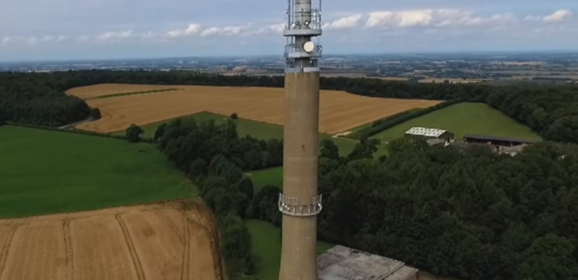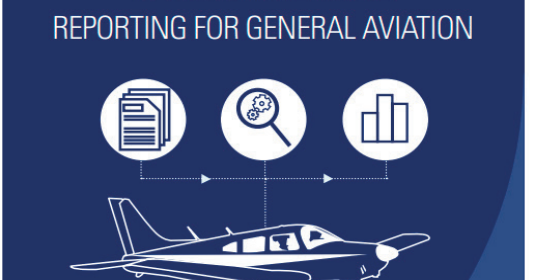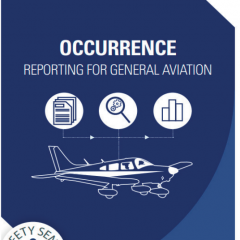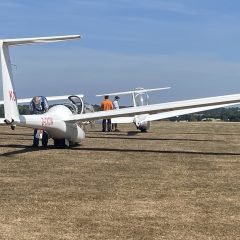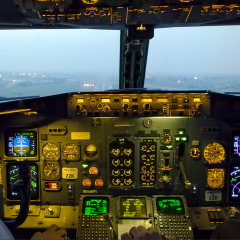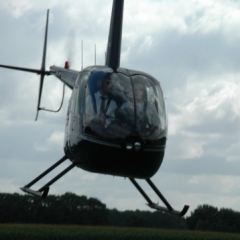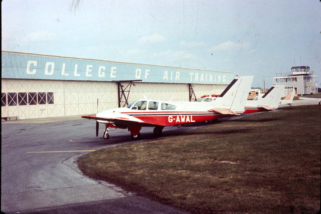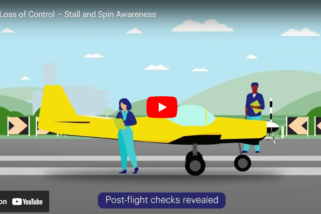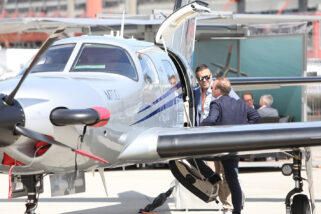Important UK visual reference point no longer hiding in plain sight
A well-known Visual Reference Point (VRP) in Buckinghamshire is to start reappearing on UK aeronautical charts after having been previously removed due to new height depiction rules. The Stokenchurch Tower used to be charted on the CAA/NATS VFR charts along with an entry in the UK AIP as an obstruction as it was over 300 feet above ground level (AGL). However, when the Annex 15 definition of obstacles changed from 300 feet to 100...
UK CAA publishes new Safety Sense Leaflet
This month the UK Civil Aviation Authority (CAA) has issued its latest Safety Sense Leaflet (SSL) for the general aviation community, providing a guide on occurrence reporting. The CAA advises that reporting is an important element of improving aviation safety and is often a legal requirement. Occurrence reports are submitted to the UK CAA via the ECCAIRS portal. The CAA reviews reports and determines if any follow up action is...
CAA electronic carbon monoxide trial findings
The UK CAA has completed a 12-month trial on the use of electronic carbon monoxide detectors in general aviation (GA) aircraft and has recently published its findings. The CAA reports that feedback gained from the 12-month trial, combined with a review of CAA mandatory occurrence reporting (MOR) data, suggests the risk of CO exposure remains a persistent background threat throughout the year and is somewhat elevated during cold...
Overflight of glider sites
The UK Civil Aviation Authority is reminding pilots to avoid overflying gliding sites. The CAA says that almost all gliding sites in the UK use a winch launch, where gliders are launched with a winch and steel cable instead of being towed by an aircraft. The CAA adds that 90% of gliding clubs winch launch to at least 2,000 feet above ground level. A winch launching glider can reach over 1,000 feet in about 20 seconds, says the CAA,...
From the Flightdeck – James McBride
Stable Approach From my position, sitting behind the two pilots making their approach to land, I could see that things were not going well. The B737 was well above the glideslope, not yet configured for the final descent and with way too much energy. The airspeed was eye-wateringly high and they were only just inside the limit speeds to deploy the flaps. Needless to say, as their instructor I was more than a little curious about how...
Unexpected problems for students
After you’ve been instructing for a while, it can become fairly routine for most of the time. You give pretty much the same briefings for each flight exercise, although you may adapt them a little to suit the individual student. And, especially in the early stages of flying training, teaching the actual exercises is fairly similar with every student. For each manoeuvre, you go over what to do, you demonstrate, then you let the student...


